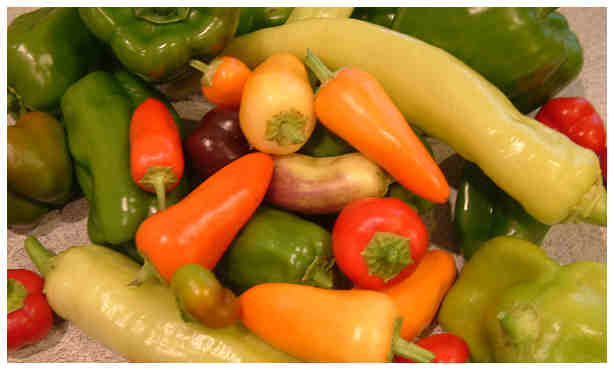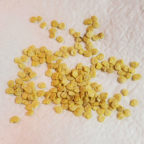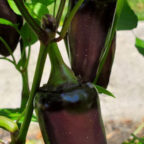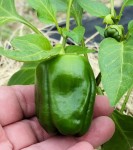Pepper Diseases
There aren’t a ton of pepper diseases that will plague you, which is fortunate. However, the two main diseases can pretty much decimate your plants if not controlled.
Pepper Diseases
Let’s take a quick look at the two most common ailments that can effect your pepper plants (bell, sweet and hot), and how best to avoid them.
Nematodes:Â Plants are dwarfed, sickly, and will sometimes wilt readily in dry weather. Roots showing swelling or galls, and can let in bacteria. This is actually caused by a tiny worm, and if you get rid of the nematodes, you will remove the problem.Â
These tiny worms infiltrate the root system, crippling and even killing the plant. Since nematodes are most prevalent in sandy soil (common in the southeastern US), you’ll need to take extra care if you live in this area.Â
If you find your plants are plagued by a nematode infestation, you have three options:
- Move your garden to a different site in your yard, which may or may not be nematode-free.
- Solarize the soil (see below) then plant marigolds (which nematoes dislike intensely).
- Create raised beds for your garden, raised by at least 6 inches. You’ll need to dig out an area at least a foot deep and at least two feed wide. Then you’ll need to fill it back in with compost, composted manure, sphagnum moss, etc. Do not use any of the soil you dug out to re-fill the trenches.
- Plant your peppers in containers. Since pepper plants tend to remain under 3 feet tall (one notable exception being jalepenos), they are pretty well-suited for container growing. In fact, since I live in a nematode area, I grow all my peppers in containers.
Solarizing:Â Â To solarize the soil, till the ground, then cover it with a thick, clear plastic. The sun will “bake” the soil, killing the nematodes. Since you also kill all the “good” bacteria by this method, so be sure to spread some compost over the solarized soil a week or two before planting.
(Although nematodes are technically an insect, since their effect is systemic, I’ve included them in the diseases section.)
Tobacco Mosaic Virus: Green or yellow mottling of leaves; some curling, malformation, and dwarfing of leaflets. Plants slightly stunted. Fruits mottled by yellow strains of the virus. Can be passed from plant to plant by handling wet plants that are infected, then handling healthy plants (for example, when examining fruits on a damp morning.) This disease is widespread throughout the USA.
It’s thought that handling tobacco can transfer the virus to pepper plants. Some people say no, some say definitely. At any rate, if you do smoke or otherwise handle tobacco, it would be wise to wash your hands thoroughly before working with your peppers.
Other Notes on Pepper Diseases
Like their (far-flung) relatives the tomatoes, peppers can fall prey to bacterial infections. Fortunately, most peppers (in my experience) have been less-susceptible than tomatoes. Still, you want to make sure you have plenty of air circulation around the pepper plants, and that you don’t water the foliage (except with a foliar spray early in the morning before the dew has dried).



